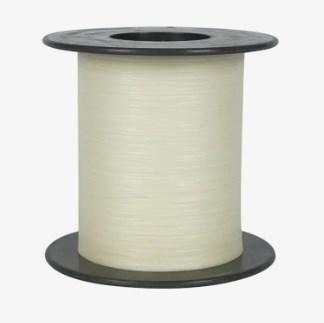ファッション業界では、 衣服生地 衣服の基本的な要素であるだけでなく、デザイナーの創造的な表現のキャリアでもあります。スタイル、快適さ、耐久性、環境に関する考慮事項を備えています。 From light and elegant chiffon to warm and thick wool, each fabric tells a different story and shapes a variety of fashion styles with its unique texture, color and touch.
衣服生地は、天然繊維、化学繊維、混合繊維の3つのカテゴリに大まかに分割できます。綿、リネン、シルク、ウールなどの天然繊維は、自然で通気性があり、肌に優しい特性に深く愛されています。コットン生地は柔らかく快適で、毎日のカジュアルウェアを作るのに適しています。リネンは、その涼しく、通気性があり、しわに耐える特性のため、夏の服の最初の選択肢です。シルクは、繊細な光沢と滑らかなタッチのために「繊維の女王」として知られており、ハイエンドのドレスの生産でよく使用されます。ウールは強い暖かさの保持と良好な弾力性を持ち、秋と冬に理想的な選択肢となっています。
Chemical fibers, such as polyester, nylon, acrylic, etc., are artificially synthesized and have the advantages of high strength, wear resistance, and easy care.それらは、スポーツウェア、屋外機器、および特別な機能を必要とするその他の衣類でよく使用されます。 Blended fibers are a combination of natural fibers and chemical fibers, aiming to balance the advantages and disadvantages between the two and create fabrics that are both beautiful and practical.
When choosing fabrics, designers should not only consider their appearance, but also take into account the wearer's experience and the functional requirements of clothing. For example, the use of high-tech fabrics such as intelligent temperature control fibers and waterproof and breathable fabrics can bring revolutionary changes to sportswear, improving sports performance while keeping the body dry and comfortable. In fashionable women's clothing, even basic cotton and linen fabrics can exude unique charm through processing such as printing, embroidery, and pleating, showing the ingenuity of designers.
グローバル環境意識の向上に伴い、衣服の生地の持続可能性が業界の注目の焦点となっています。 More and more brands are beginning to use environmentally friendly materials such as organic cotton, bamboo fiber, and recycled polyester to reduce the impact on the environment.植え付けプロセスでは化学農薬や肥料が使用されていないため、有機綿は環境に優しいです。竹の繊維は急速に成長し、資源が豊富で、水分吸収と汗性のパフォーマンスが良好です。リサイクルポリエステルは、リサイクルされたペットボトルやその他の材料で作られており、リソースのリサイクルを実現しています。 The application of these environmentally friendly fabrics not only reflects the social responsibility of enterprises, but also meets consumers' pursuit of healthy and green life.
将来の衣服生地は、よりインテリジェントでパーソナライズされます。たとえば、センサーを埋め込むことにより、ファブリックは人間の健康データを監視し、健康管理にデータサポートを提供できます。 3D印刷技術を使用して、ユニークなテクスチャとパターンをカスタマイズして、パーソナライズされた衣服に対する消費者の需要を満たすことができます。 With the development of nanotechnology, the functionality of fabrics will be further improved, such as self-cleaning, antibacterial, anti-ultraviolet and other functions, so that clothing is not only a tool for covering the body and keeping warm, but also an assistant for a healthy lifestyle.













